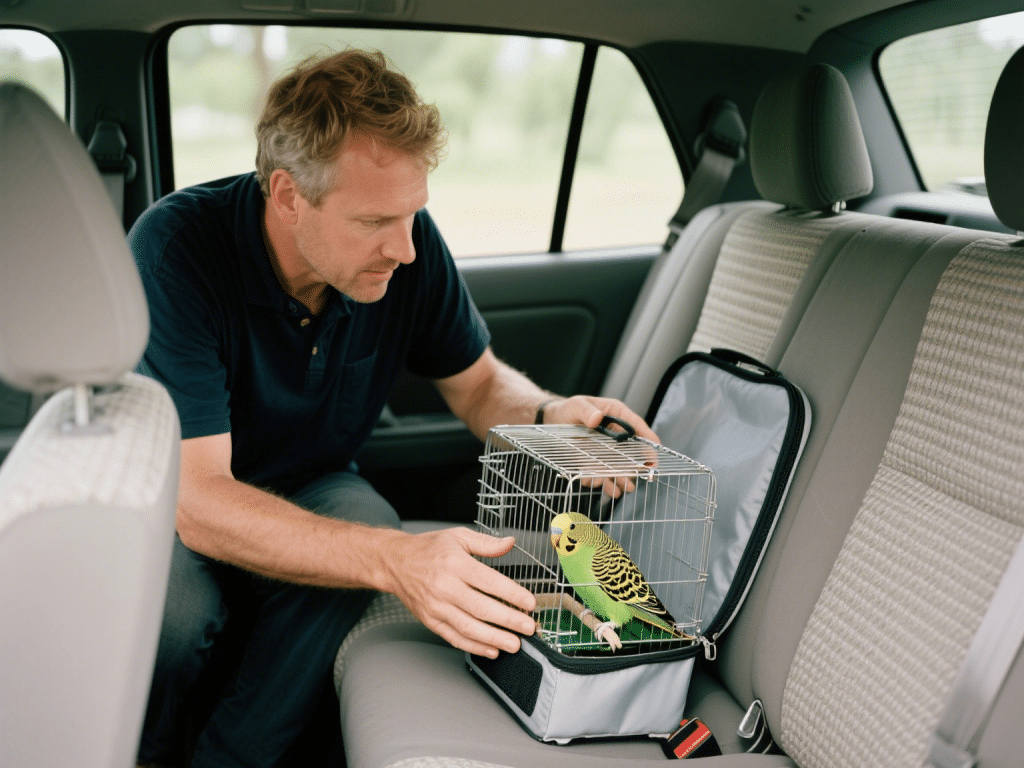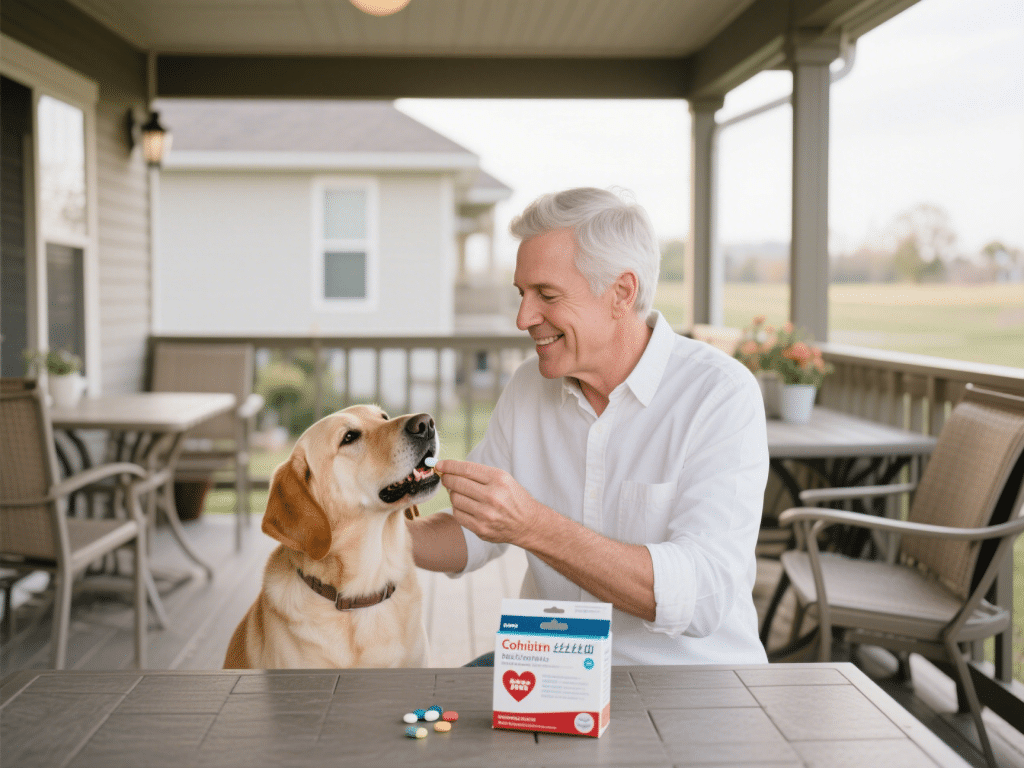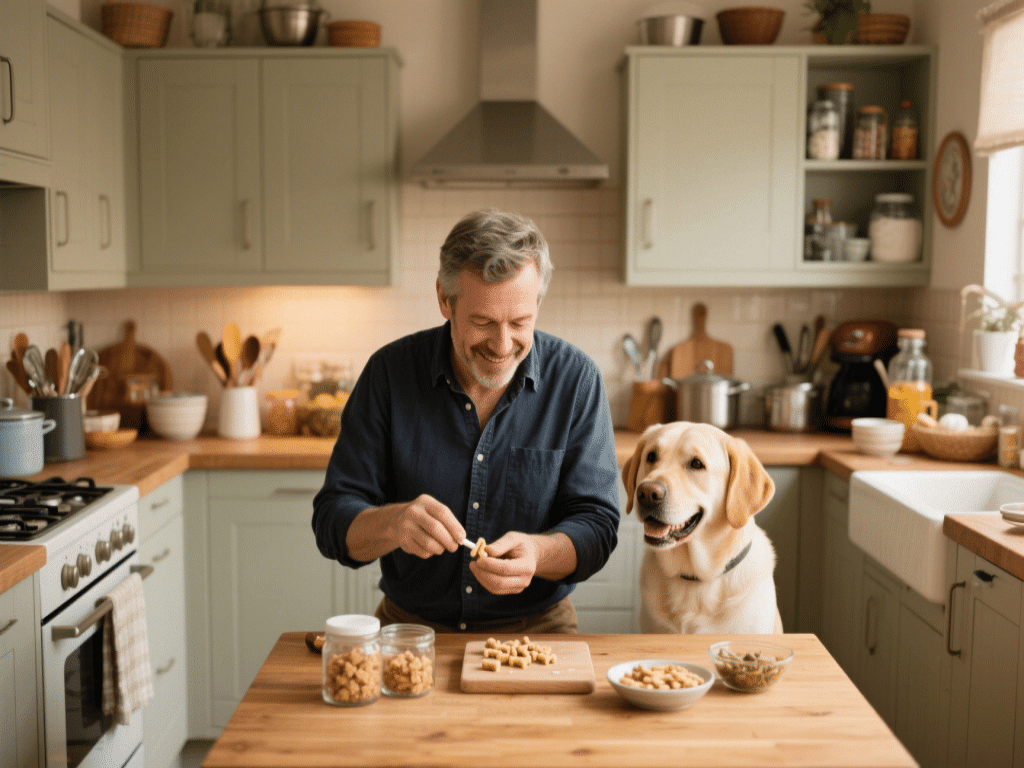RECOMMENDED NEWS

Traveling with Small Birds: Ensuring Comfort and Safety
Whether jetting off for a weekend getaway or relocating cross-country, traveling with small birds de...
Read More →
Safe Human Foods to Add to Your Dog’s Diet: Vet-Backed Guide
Feeding table scraps to dogs can be risky—but certain human foods, when served correctly, deliver ...
Read More →
Creating a Balanced Raw Diet for Adult Dogs: Nutritional Checklist
IntroductionRaw feeding, also known as the BARF (Biologically Appropriate Raw Food) diet, has gained...
Read More →
Natural Remedies for Flea Prevention in Dogs
IntroductionFleas cause itching, skin irritation, and can transmit tapeworms. While chemical treatme...
Read More →
How to Deworm a Dog with Heartworm Prevention Medications
IntroductionCombining heartworm prevention and intestinal parasite control in a single medication si...
Read More →
Can Dogs Go Outside After Deworming? Recovery and Safety Tips
IntroductionMany pet owners wonder if it is safe for dogs to venture outside immediately after recei...
Read More →
Comparing Spot-On vs Pill Dewormers for Cats: Pros and Cons
IntroductionCat owners often face the choice between spot-on (topical) and pill (oral) dewormers. Ea...
Read More →
Understanding Canine Cognitive Dysfunction: Signs and Support
As dogs age, they may experience cognitive decline similar to dementia in humans, known as Canine Co...
Read More →
Creating a Cat Window Perch: DIY Instructions for Indoor Viewpoints
Indoor cats crave stimulation and a good view of the outdoors can greatly enrich their environment. ...
Read More →
Comments on "How to Build Trust with a Rescue Dog: Overcoming Fear and Anxiety" :